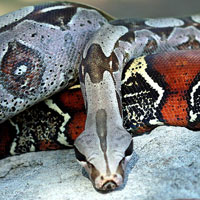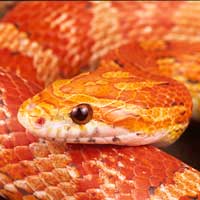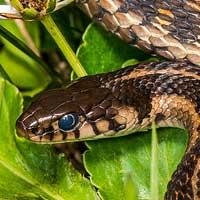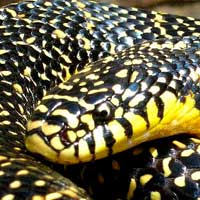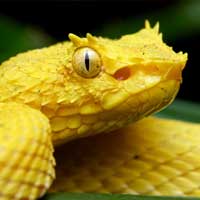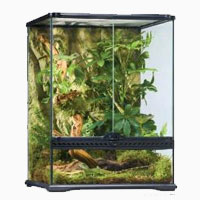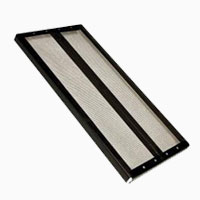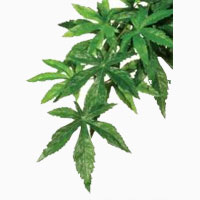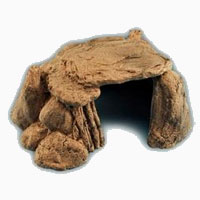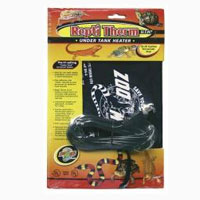Cook’s Tree Boa
Scientific Name: Corallus Hortulanus Cooksi
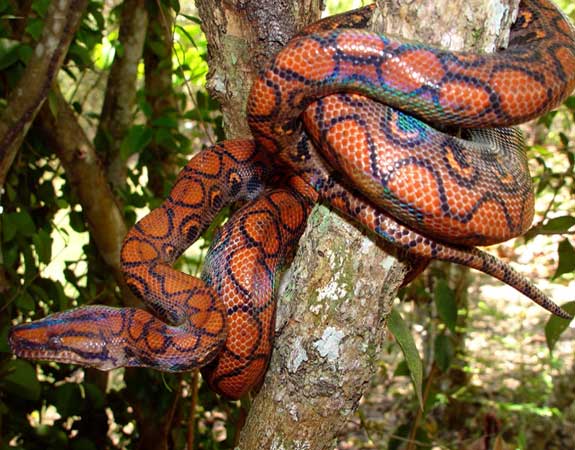
Share this Post
The scientific name of the Cook’s Tree Boa is Corallus Hortulanus. It is long and slender. Its head is relatively large compared to the size of body. The distinguishing feature is presence of elongated teeth. It also has large eyes in addition to thermoreceptive pits. The snake uses these thermoreceptive pits to detect varying environmental temperatures. Cook’s Tree Boa is not venomous and does not pose any danger to humans
Cook’s Tree Boas Are Beautiful Creatures
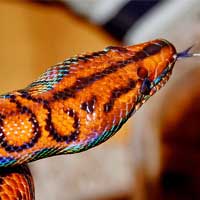
Facts About Cook’s Tree Boas
Geographic Location
Cook’s Tree Boas occur in a varied range of geographical locations from Central America, West Indies to various regions in South America. Its occurrence in Central America includes Panama, Honduras, Guatemala, Costa Rica and Nicaragua. Its occurrence in South America includes the Amazon, Ecuador and Colombia.
Habitat
Wet – Rain-forest type habitats
Behavior
Cook’s Tree Boa feed on a variety of food such as birds, reptiles and rodents. It has a good adaptation to climbing trees to hunt for birds. Using its elongated teeth, it has ability to attack and manipulate its prey. This snake is friendly and easy to domesticate. Cook’s Tree Boa emerges at night therefore; it exhibits a nocturnal characteristics. Cook’s Tree Boa is not shy compared to other members of boa family. It challenges its enemies using its elongated teeth. It has the ability to escape from its challengers because it has a slender flexible body.
Reproduction
Cook’s Tree Boas exhibit an oviparous form of reproduction where it lay eggs and protects them from predators. The female snake lays eggs in moist environments to avoid desiccation.
Captivity
One rarely finds Cook’s Tree Boas during the day due to its nocturnal lifestyle. Its attractive coloration markets it as a pet however; it is aggressive compared to other snake pets. When irritated it bites. One should protect children from Cook’s Tree Boa because of the painful bites it inflicts. It is a good pet because of its small size and colorful skin.

